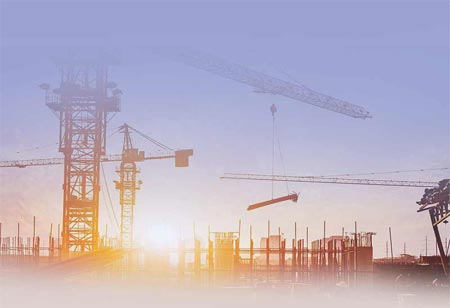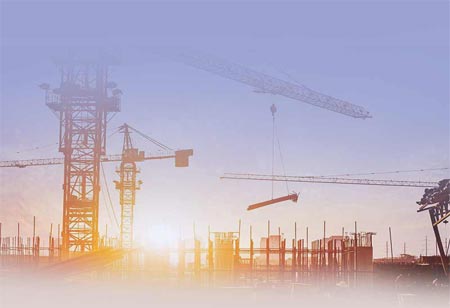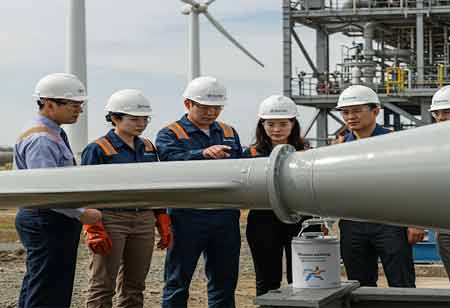Thank you for Subscribing to Construction Business Review Weekly Brief
Specials
- Apartment and Condominium Contractors Canada
- Decking Canada
- Architectural Glass Europe
- MEP APAC
- Construction Saudi Arabia
- German Apartment and Condominium Contractors
- Construction Law APAC
- Outdoor Construction
- Foundation Construction Canada
- MEP Canada
- Kitchen and Bath
- Cold Storage Construction APAC
- Precast Concrete Europe
- Construction Staffing Europe
- Pre-Construction Services
- Flooring System APAC
- Scaffolding Canada
- Swimming Pool Construction Canada
- Construction Management Canada
- Cold Storage Construction Canada
- Flooring Systems Europe
- Residential Construction
- Concrete Canada
- Construction Cladding Europe
- Construction Cladding APAC
- Concretes, Aggregates and Construction Materials APAC
- Concretes, Aggregates and Construction Materials Europe
- Commercial Contractors Europe
- Commercial Contractors APAC
- Dummy
- Construction Insulation, Coating and Waterproofing
- Construction Management APAC
- Landscaping Canada
- Construction Coating Europe
- Construction Tech Startups Europe
- Insulation Services Europe
- Mechanical Contractor Canada
- Mould Remediation and Testing Europe
- Swimming Pool Construction APAC
- Building Sealing Solutions Europe
- Construction Engineering Services
- Mechanical Electrical and Plumbing
- Roofing Systems Europe
- Architectural Glass APAC
- Startups APAC
- Construction Forensic and Owners Representative
- Flooring System
- Waterproofing APAC
- Wall Systems
- Safety and Compliance Europe
- Construction Equipment
- Modular and Prefab Construction
- Architectural Glass
- Construction MENA
- Construction Demolition and Recycling Europe
- Modular Construction Europe
- Construction Interiors
- Steel Building APAC
- HVAC
- Doors and windows
- Modular Construction APAC
- Building Information Modeling APAC
- Sustainable Construction APAC
- Building Restoration and Maintenance
- Commercial Contractors
- Specialty Construction
- Construction Engineering Canada
- Construction Engineering MENA
- Modular Construction Canada
- Construction Demolition Canada
- Roofing and Siding Systems
- Construction Latam
- Construction Staffing
- Roofing Systems APAC
- Construction Consulting
- Steel Building Europe
- Construction Demolition and Recycling APAC
- Safety and Compliance APAC
- Concretes, Aggregates and Construction Materials
- Construction Cladding
The Crucial Role of MEP Systems in Sustainable Construction
The rapid urbanization and economic expansion in the Asia-Pacific (APAC) region have spurred a significant construction boom.

By
Construction Business Review | Tuesday, May 14, 2024
Stay ahead of the industry with exclusive feature stories on the top companies, expert insights and the latest news delivered straight to your inbox. Subscribe today.
The Asia-Pacific region's rapid urbanization and economic expansion have led to a construction boom, necessitating sustainable practices in MEP systems, including low-flow fixtures, rainwater harvesting, and renewable energy.
FREMONT, CA: The rapid urbanization and economic expansion in the Asia-Pacific (APAC) region have spurred a significant construction boom. However, this surge in development must align with heightened environmental consciousness. Sustainable construction practices have become necessary, with MEP (Mechanical, Electrical, and Plumbing) systems assuming a pivotal role in pursuing environmental sustainability.
MEP systems serve as the foundational infrastructure of any building, playing a pivotal role in regulating its internal environment and functionality. Comprising essential components such as Heating, Ventilation, and Air Conditioning (HVAC), lighting, electrical distribution, plumbing, and fire protection systems, MEP systems significantly influence a building's energy consumption and environmental impact. Optimizing MEP design is crucial for achieving ecological stewardship in the region's sustainable construction context. Energy efficiency measures are paramount, given the region's diverse climatic challenges. Through MEP design, energy consumption can be substantially reduced by implementing strategies such as employing energy-efficient HVAC systems, incorporating LED lighting solutions, and integrating daylight harvesting techniques.
Additionally, water conservation is imperative due to increasing water scarcity concerns across APAC. Sustainable MEP design addresses this by incorporating low-flow fixtures, rainwater harvesting systems, and greywater recycling mechanisms. Furthermore, integrating renewable energy sources, such as solar and wind power, underscores the potential for further sustainability gains.





